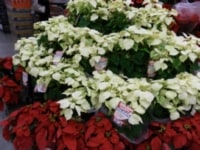
Winter Garden Tips
Begin to plant tulip and hyacinth bulbs that have been refrigerated for at least 6 weeks at the end of this month and early January.
Roses can be transplanted through late February.
Also cut back fall-blooming perennials after they have bloomed.
Protect tender perennials from cold with several inches of mulch.
Cut back freeze damaged plants below damaged area after the last frosts of the season.
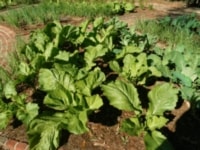
Cool Veggies
Vegetables to plant in December include beets, Brussels sprouts (transplants), cabbage, collards, garlic (toes), kale, kohlrabi, leeks (transplants), lettuce, mustard, onions (sets or transplants), radishes, rutabaga, shallots (sets), spinach, Swiss chard, and turnips.
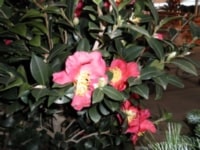
Sasanqua Camellias for Fall & Winter Flowers
Camellia sasanqua is a popular late autumn and early winter-flowering shrub for the south. Some camellias will bloom into Spring and require the same growing requirements as the japonica but is hardier. Sasanquas have a slow to moderate rate of growth. Plant them in porous, fertile, moist and well-drained acidic (pH of 5.5 to 6.0) soil. They grow best in partial shade but will grow in full sun with ideal soil conditions. Fertilize camellias in late winter with azalea-camellia fertilizer or all- purpose garden fertilizer such as 13-13-13. Some camellias are fragrant such as Camellia lutchuensis and Camellia oleifera. Most camellias are not fragrant but are known for their single and double flower forms which come in various shades of white, pink, red and lavender.
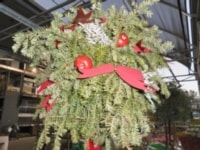
Holiday Plants
Decorative plants such as poinsettias, cyclamen, holiday cactuses and living Christmas trees play an important part in decorating our homes for the holidays.
After purchasing a holiday plant, be sure to protect it while bringing it home. Sudden exposure to low temperatures and wind will damage the plant. Poinsettias are particularly fragile. It’s best to have them sleeved before you take them out of the store. When you get them home, the plants should be located for attractive display, but a spot where they will receive some natural light will give best results.
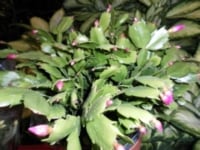
Holiday plants often are sold in pots wrapped in decorative coverings. Punch holes in the covering where the drainage holes of the pot are located to allow the soil to drain properly when you water. Also, make sure the furniture or floor you set your plant on is protected by a plastic saucer. Another option is to remove the pot from the decorative covering, take the plant to the sink, water it and allow it to drain there before you return it back to the location where you are displaying it and slip it back into the decorative pot cover.
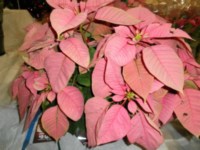
Plants should be checked for moisture daily by feeling the soil with your finger. Water thoroughly when the soil begins to feel dry. Never let a holiday plant wilt.
Allowing a plant to dry out, low light, low humidity, drafts and placing them near sources of heat all can shorten the attractive life of your holiday plant. You can make sure that your holiday plants will provide a beautiful display throughout the season with a little tender love and care.
submitted by Karen Blackburn
